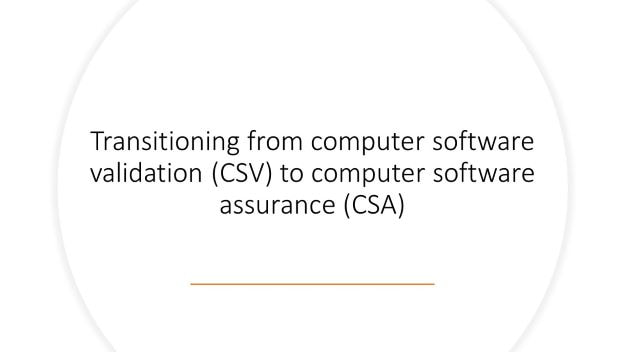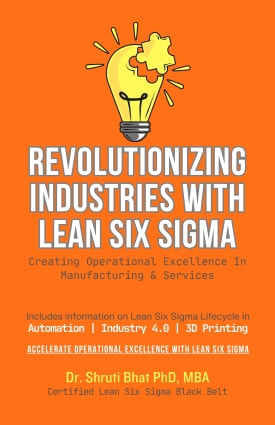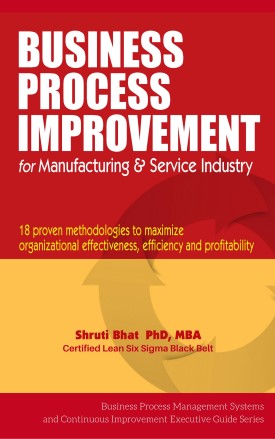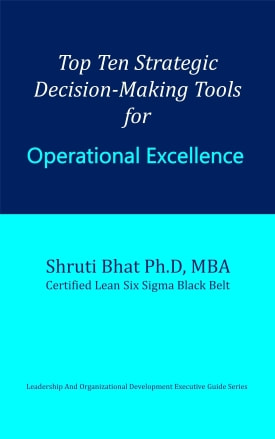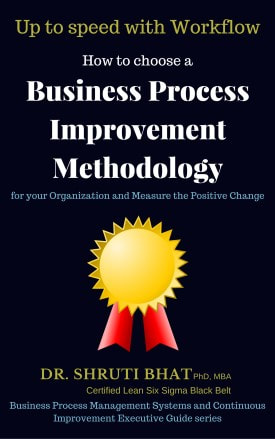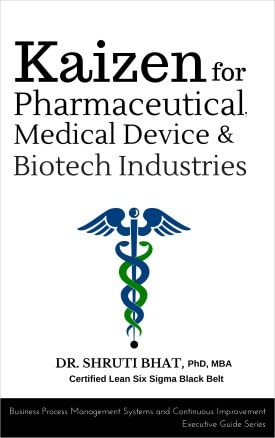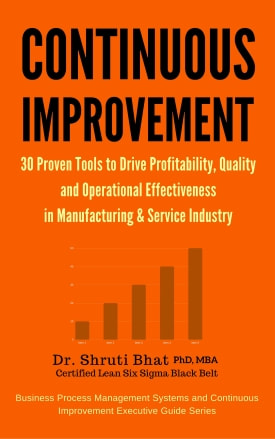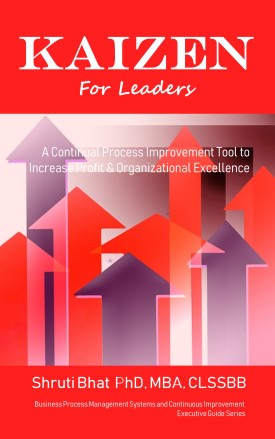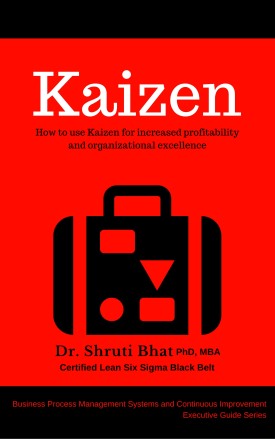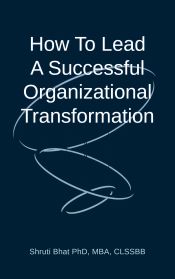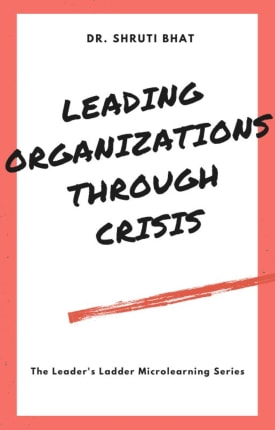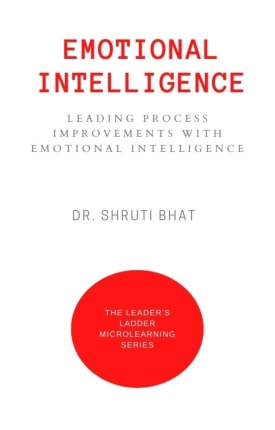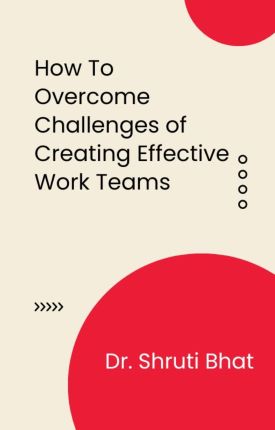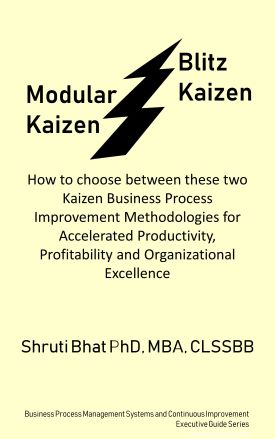So, coming back to transition strategy; it must include a focus on data integrity, product safety, and patient safety. It should also assess current business processes and identify gaps for improvements. It is also important to create metrics that measure the success of the implementation. This means setting targets for people, processes, and projects, and tracking progress against these goals.
Unscripted test methods
Historically, regulated industries have relied on a conservative approach- Computer software validation (CSV). CSV focuses on manual testing, documented results, and evidence gathering. The process also does not consider risk classification or systems complexity. However, computer software Assurance- CSA's approach is more flexible and introduces terms for different types of tests. Unlike traditional CSV, CSA encourages a more agile approach.
The transition from CSV to CSA is relatively easy if the company has a strong team of CSV and CSA experts. These individuals can moderate projects and ensure a seamless transition. In addition, a quality review framework ensures total validation and compliance at any stage of the process.
While CSV is a valuable technique, it has its limitations. It burdens resources and often misses high-risk issues. The new FDA guidance encourages organizations to focus on the least burdensome approach to testing. For example, unscripted testing can be an effective approach to reducing the amount of validation documentation required. Automation tools can facilitate this process.
Critical thinking
The USFDA's new guidance on computer software assurance (CSA) emphasizes risk management, data integrity, and quality assurance. This will apply to both product and non-product software. It will also consider enterprise resource planning (ERP) and laboratory information management (LIM) systems. As an organization, you need to determine which aspects of your validation process are most important and how to customize them to meet your business goals.
If you're considering making the transition from CSV to CSA, the first step is to evaluate your current system. It will help you identify gaps and areas where you can improve. Once you have done that, you can create a transition plan focused on quality assurance, data integrity, and patient safety.
Transitioning from CSV to CSA will require you to evaluate the impact of the new process on your business. While CSV has a more traditional focus on testing and documentation, CSA emphasizes critical thinking, quality assurance requirements, and testing. These will ensure that your software meets your business's needs.
FDA regulation
If you're considering making the move from CSV to CSA computer software assurance, you should first understand the differences between the two. While CSV relies on a more traditional approach, CSA emphasizes critical thinking and less documentation. This approach can improve your overall confidence in system performance and reduce your overall costs.
To make the move, you need to evaluate the risks associated with each validation process. The new CSA standard emphasizes quality and safety, and it encourages testing processes that are more efficient. It also encourages digitization and automation, reducing the documentation process, and leveraging vendor quality systems. The changes in the testing process also make it easier for organizations to spend up to 80% of their time on testing rather than documentation.
While CSV emphasizes documentation, CSA emphasizes critical thinking and patient safety. CSA's four key phases (critical thinking, risk control, patient safety and compliance) flip the process and make it more systematic. This means that fewer resources are needed for software development, which can reduce costs and documentation. And it creates a more effective software system.
Process improvements
The transition from CSV to CSA can be challenging, but it's possible with the right process improvements. The process is based on risk-based computer system validation that leverages documentation from trusted vendors. This approach allows for a more efficient validation process while maintaining the focus on the patient.
The new CSA standard addresses the challenges associated with traditional computer software assurance, simplifying its requirements, and focusing on risks and critical quality attributes. It aligns with other international standards and is part of the Harmonization 2021 initiative. It also provides a more agile implementation environment, which can help companies deploy and recover ROI (return on investment) on key software projects.
To transition to CSA, organizations need to develop a strategic plan to meet the needs of their products. Companies must focus on risk-based assurance principles and prioritize high-impact functions. The new framework will require extensive risk analysis and rigorous risk-based assurance processes. Companies should also consider implementing continuous integration and deployment and testing automation tools. Ultimately, the goal is to create a continuous software assurance life cycle ensuring cGAMP-cGLP at all times.
Moreover, applying Kaizen principles for bringing on the CSV to CSA transition will reduce the project cost. Kaizen implementation will also speed-up the transition.
Related Reading:
- Operational Excellence FAQ: Why should you modernize regulatory information management in life sciences organizations?
- Challenges in Modernizing Life Sciences Regulatory Information Management Systems
- USFDA Guidance on Life Sciences Regulatory Information Management
- Economic Impact of Life Sciences Regulatory Information Management
- What are the drawbacks if Regulatory Information Management (RIM) of life sciences organizations is not modernized?
- Modernize regulatory information management to improve operational excellence in life science organizations
- How to Overcome Challenges in Life Sciences Regulatory Information Management
- Benefits of modernizing life sciences Regulatory Information Management
Follow Shruti on Twitter, Facebook, YouTube, LinkedIn
Categories: Life Sciences | Operational Excellence
Keywords and Tags:
#CSAguidelines #computersoftwareassurance #CSVguidelines #CSVtoCSA #lifesciences #continuousimprovement #operationalexcellence #continuousimprovementforlifescienceindustry #changemanagement #cGMP #cGLP #cGAMP #goodmanufacturingpractices #goodlaboratorypractices #goodautomatedmanufacturingpractices

